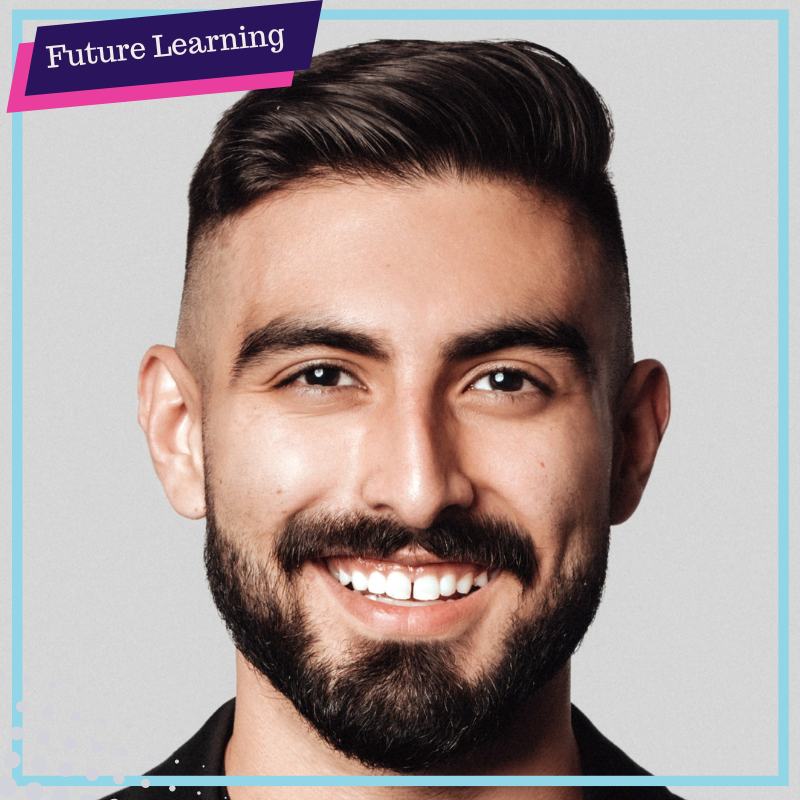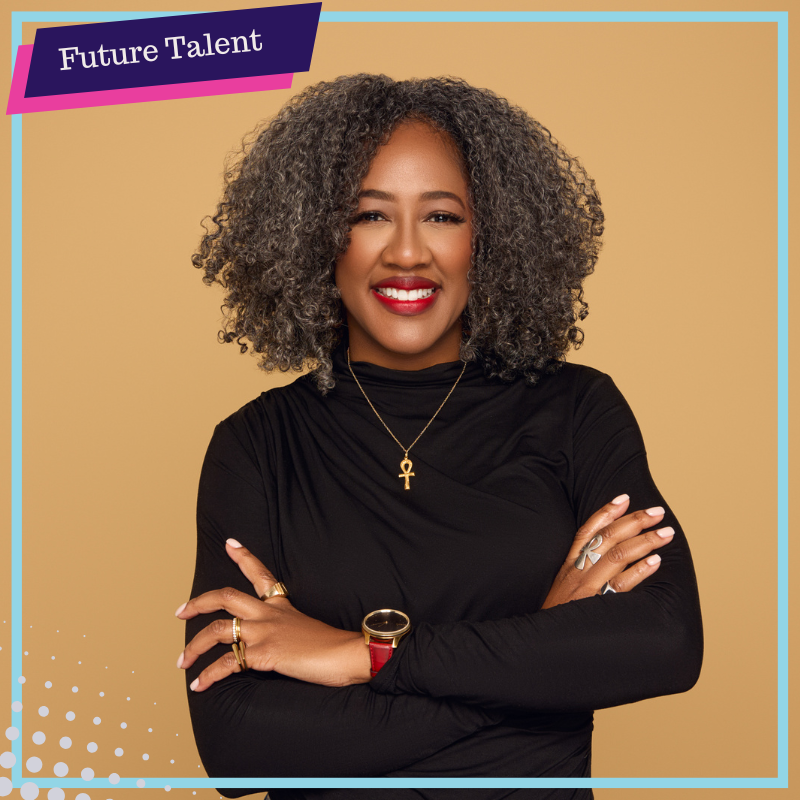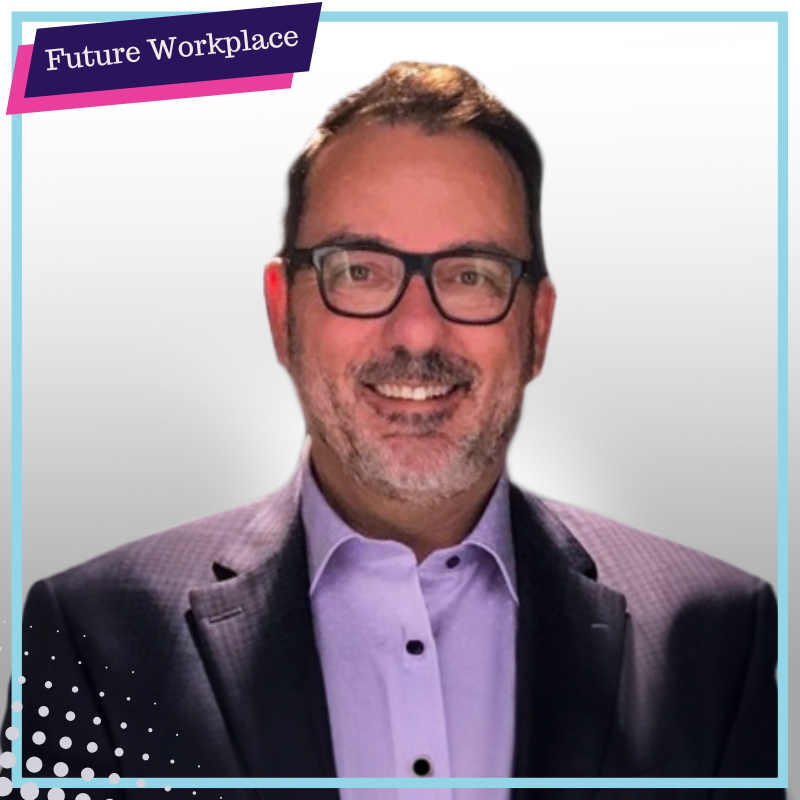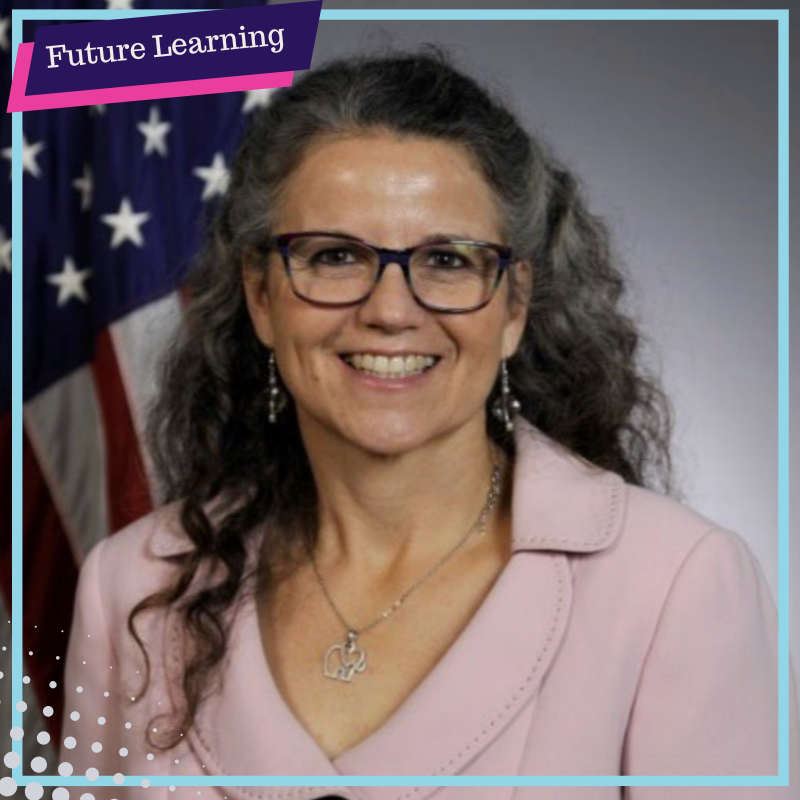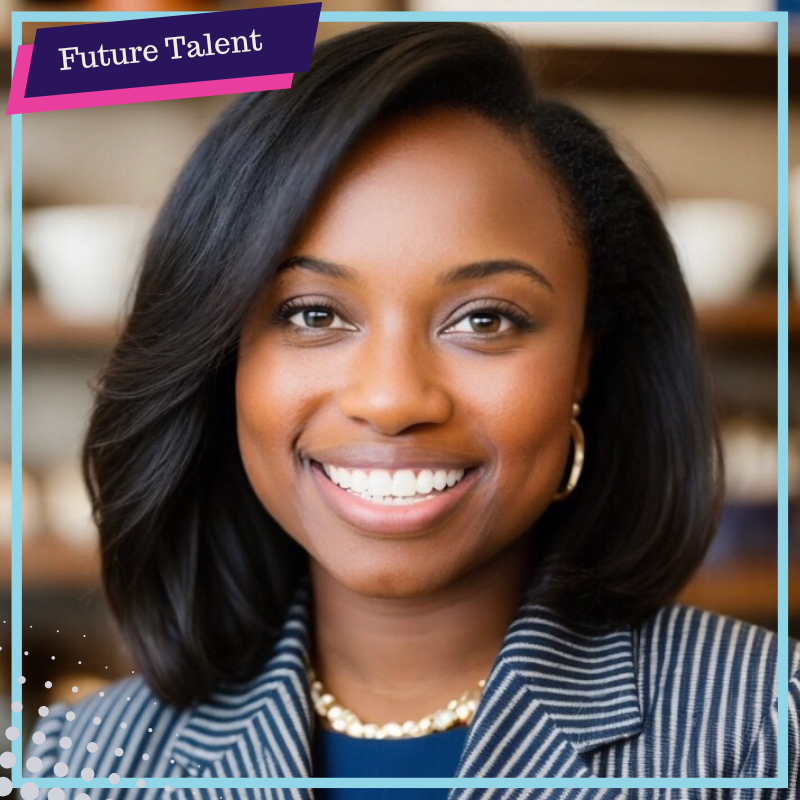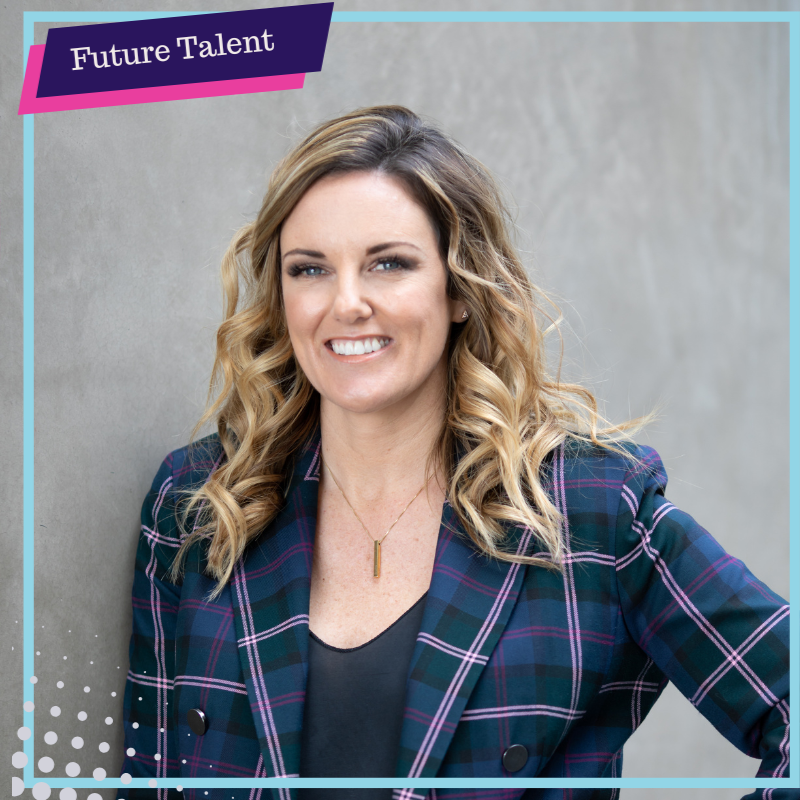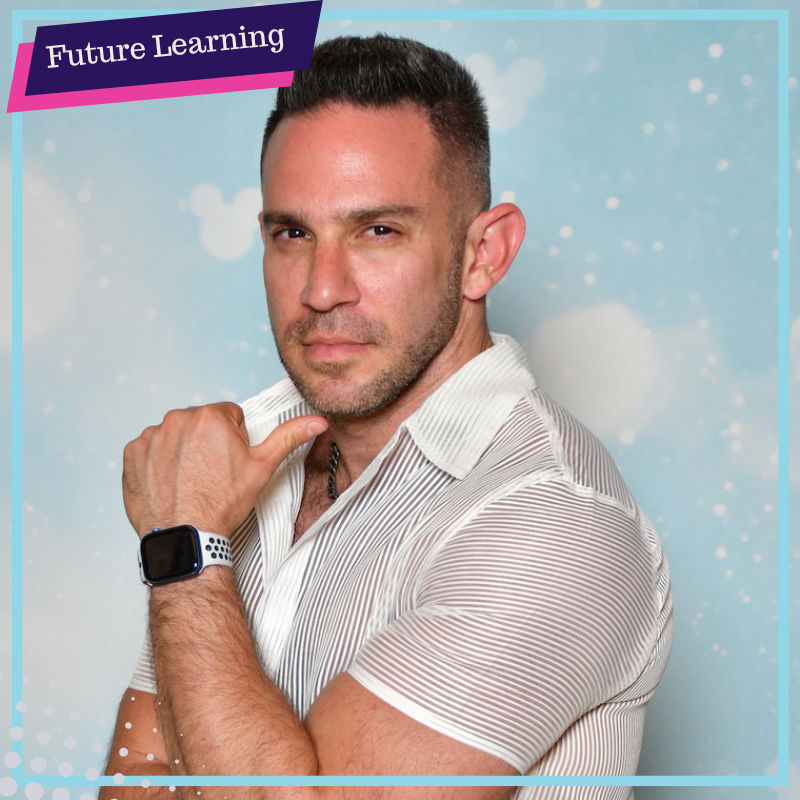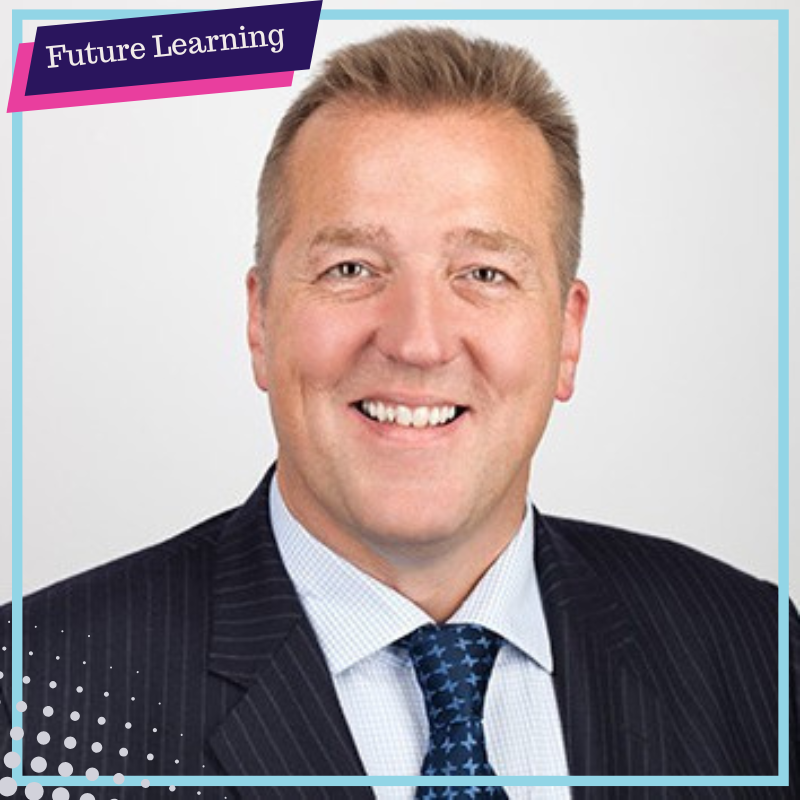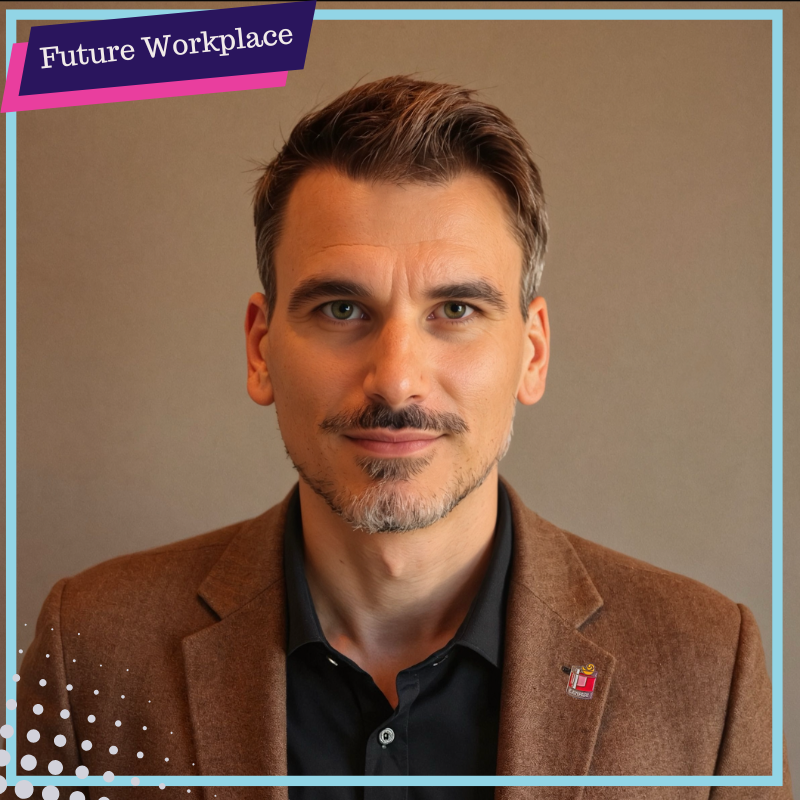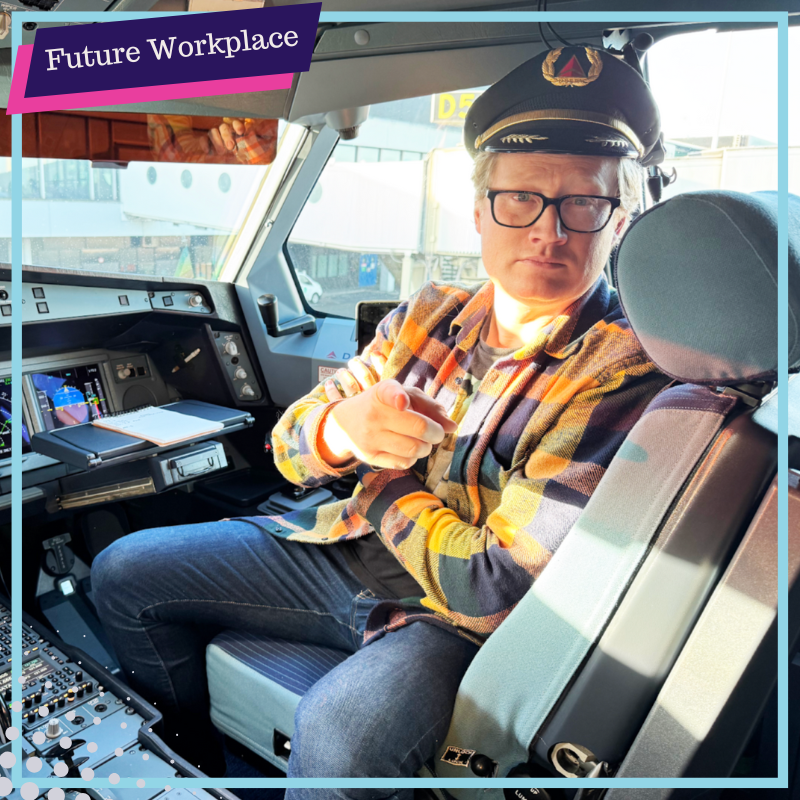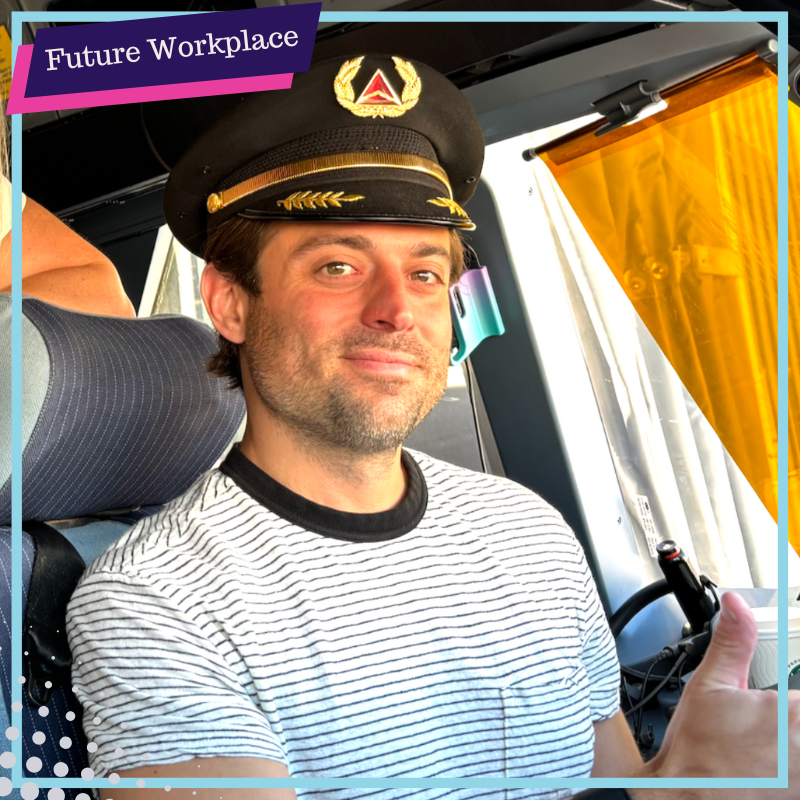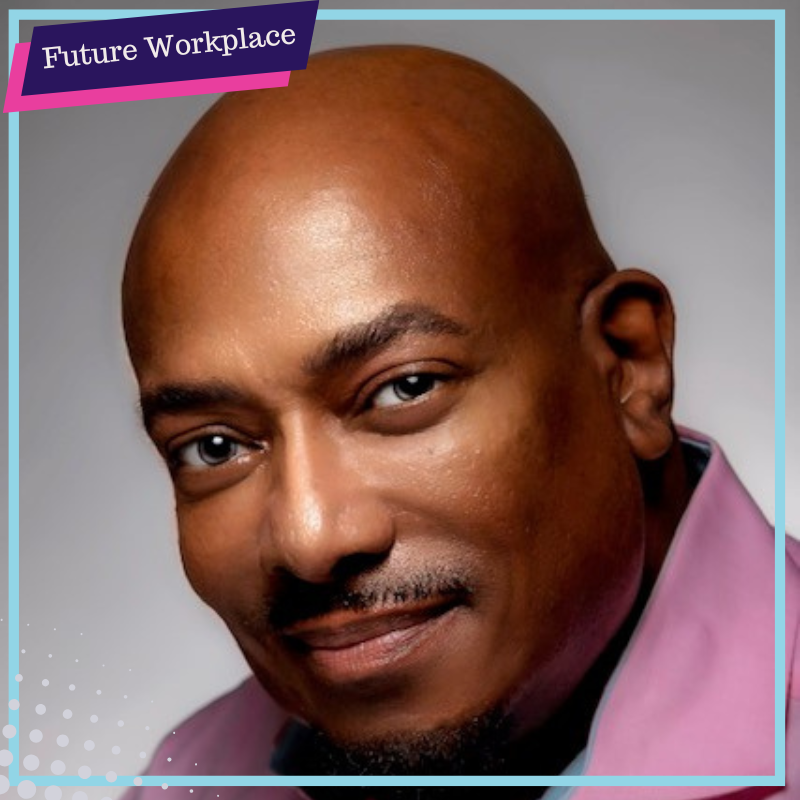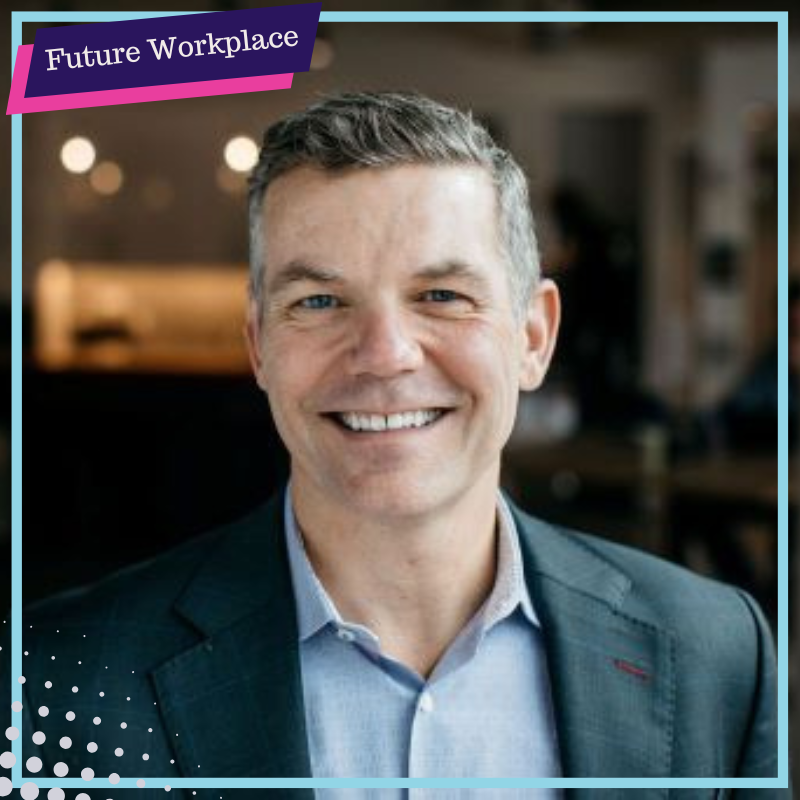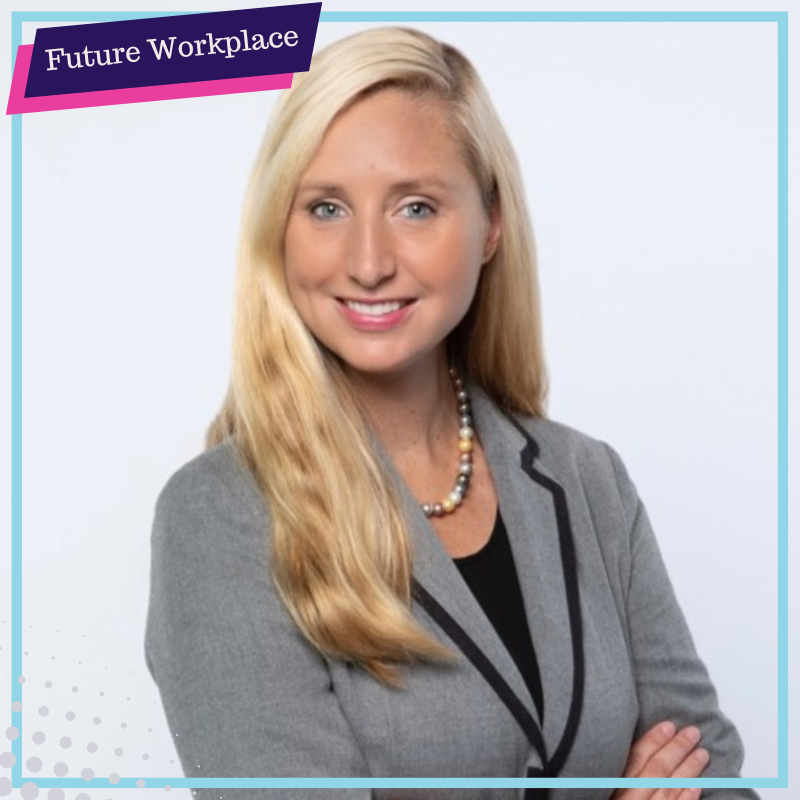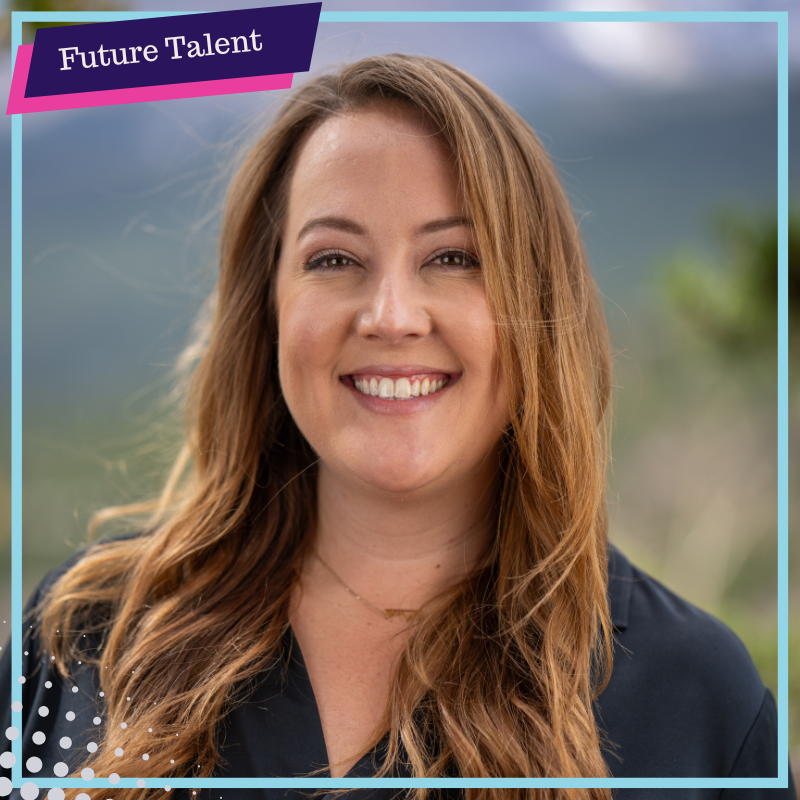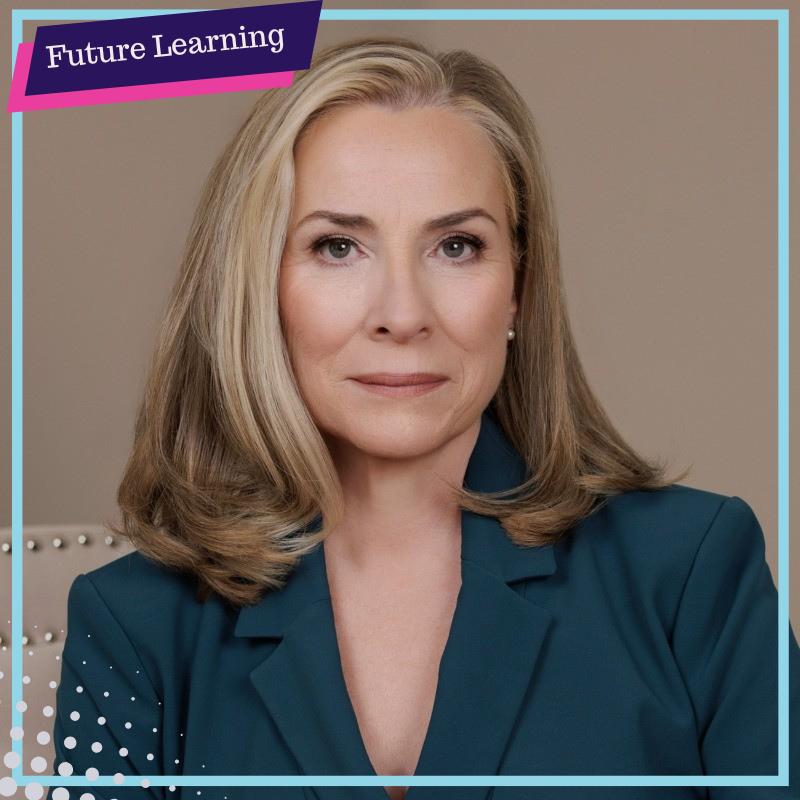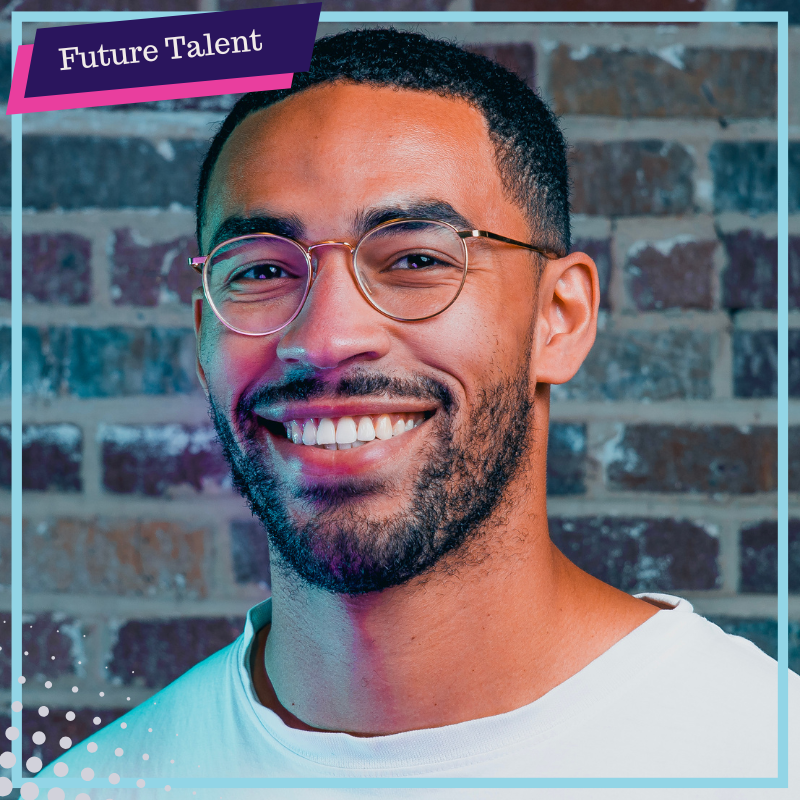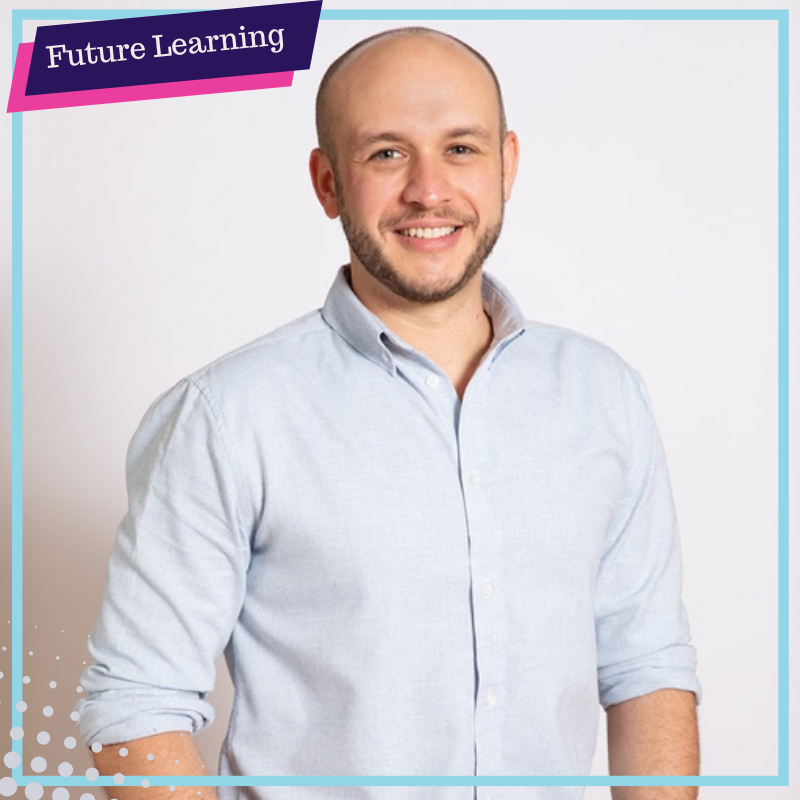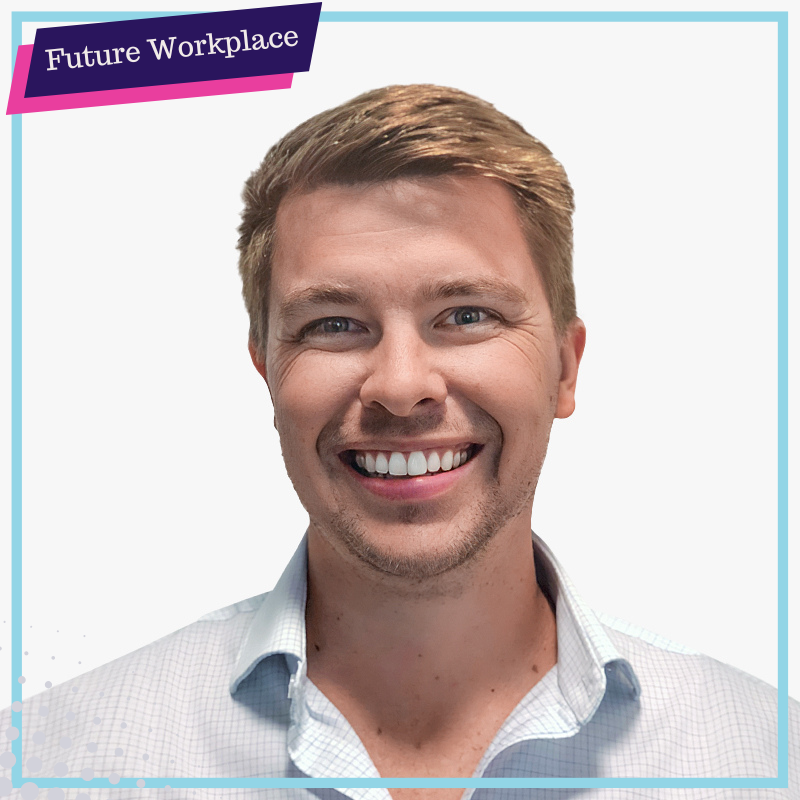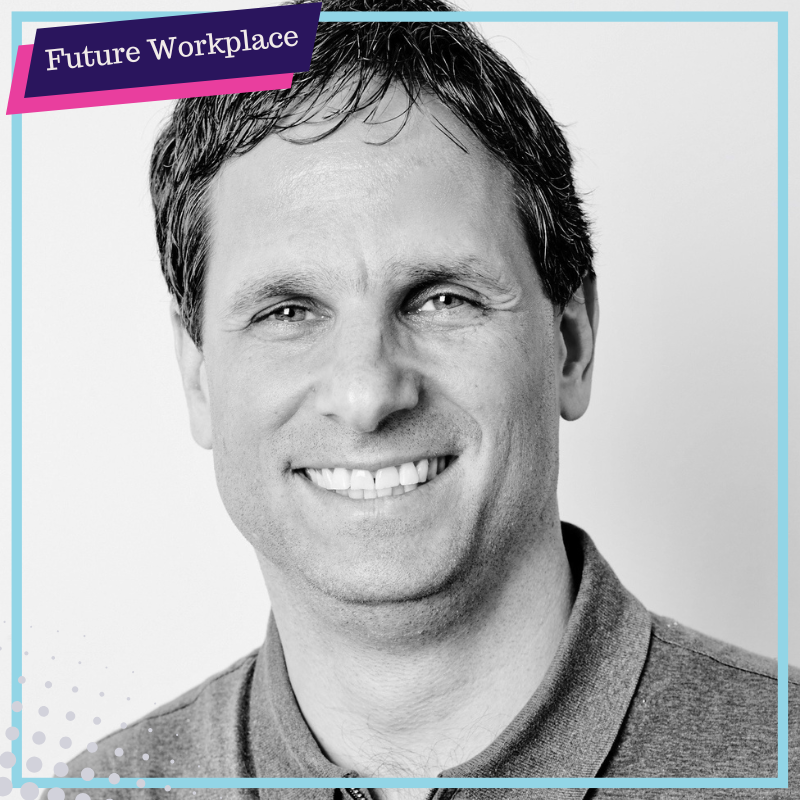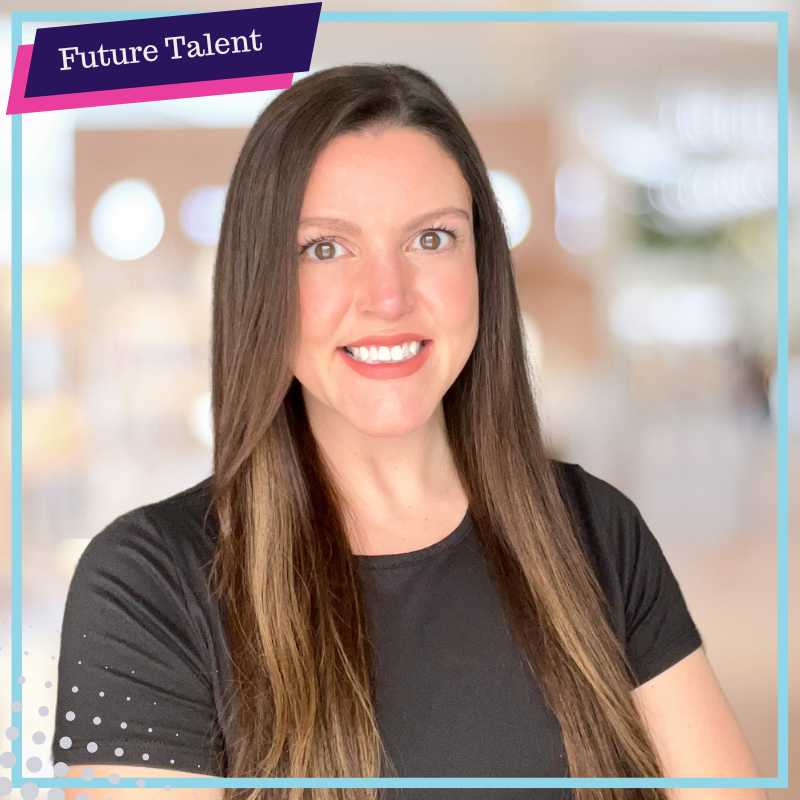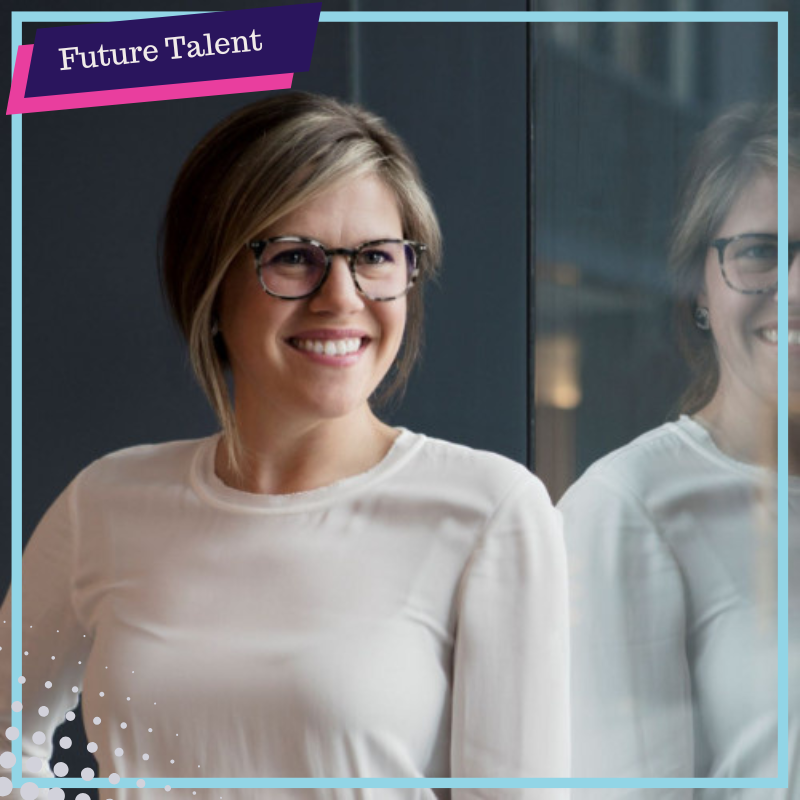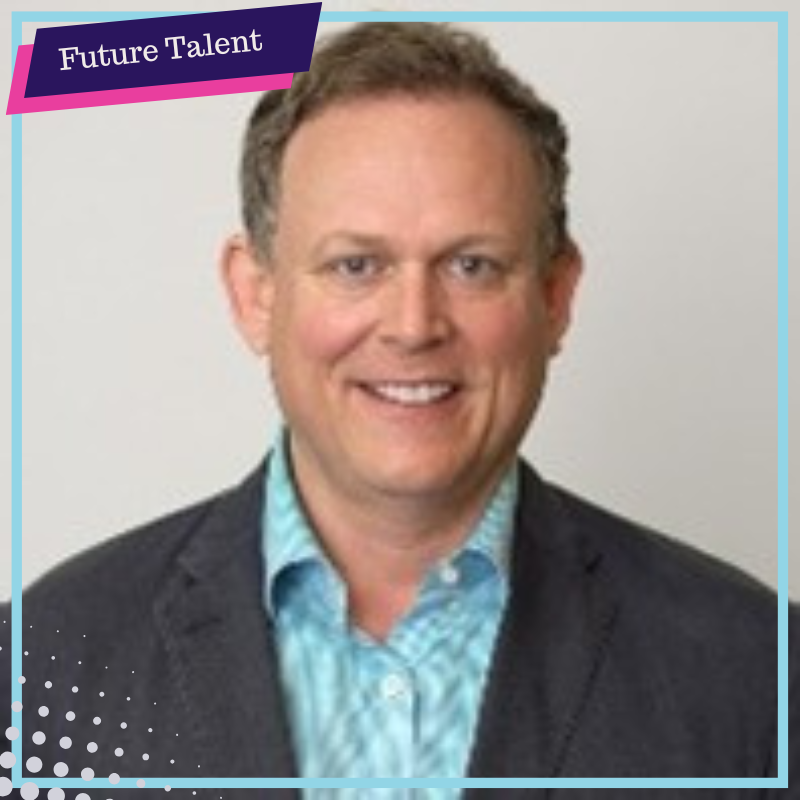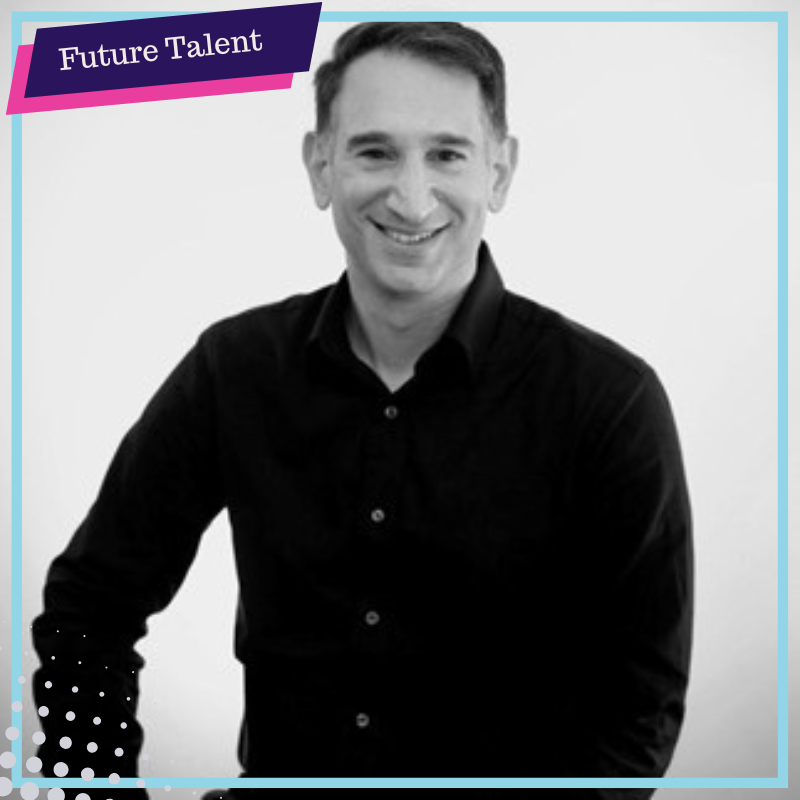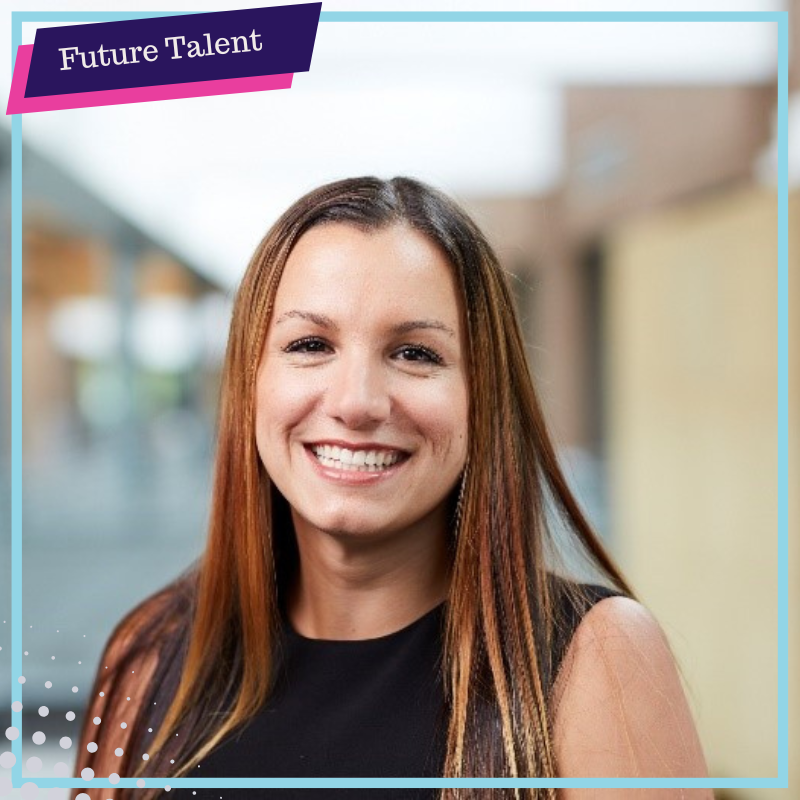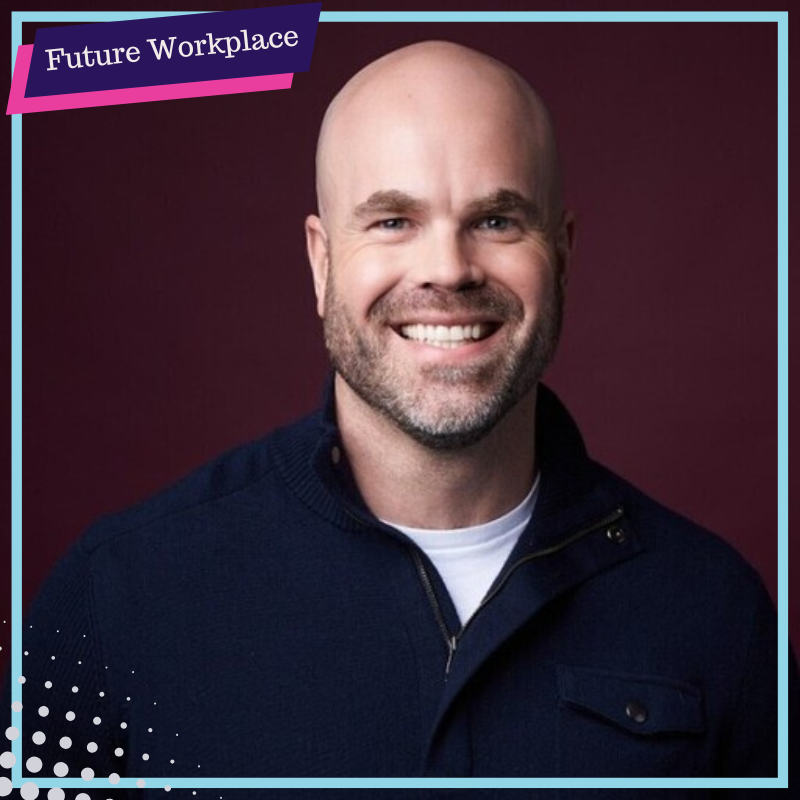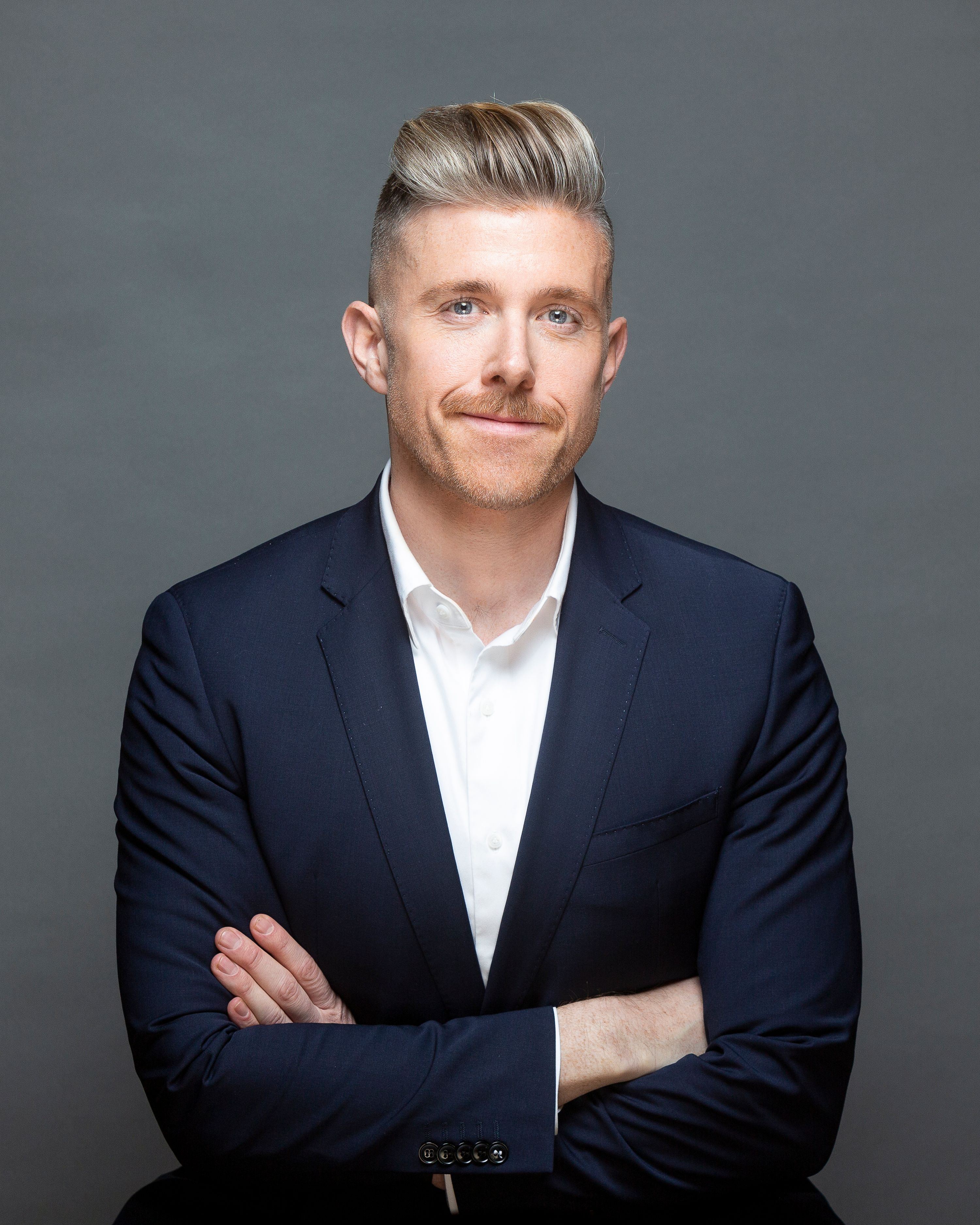-
In a world of shrinking resources and rising expectations, how can L&D teams continue to deliver high-impact learning? This hands-on, scenario-driven session challenges attendees to think strategically, creatively, and collaboratively.
Together you will:
- Identify key components of impactful learning strategies.
- Explore cost-effective learning methods and technologies.
- Share tactics for stakeholder management under pressure.
- Walk away with practical, adaptable frameworks for doing more with less.
Whether you're managing large budgets or small ones, this session will help sharpen your strategic thinking and inspire new approaches to resilient L&D design, whilst connecting and collaborating with your fellow attendees.
-
-
-
-
-
-
-
- How can CHROs lead authentically and inspire their organization with a clear vision and purpose?
-
Building trust through transparent and empathetic communication.
-
How are CHRO’s driving change and fostering a thriving workplace culture?
-
What are their priorities when it comes to shaping the future of their workplaces?
-
-
-
-
-
-
-
-
-
-
-
-
-
-
-
-
-
-
-
- Why prioritizing Inclusion & Accessibility in your L&D program will help lead you to overall success.
- How to develop culturally competent training materials. What guidelines should be put in place to ensure different perspectives and cultural sensitivity are included in learning content?
- What strategies can be used to identify and remove any barriers that prevent equitable access to training and development?
- What tools and metrics are most effective to assess the success of these efforts within L&D programs?
-
- Developing leaders who can manage and lead across different cultures and geographical boundaries.
- Equipping leaders with the skills to manage and drive change within the organization, especially in times of rapid technological and market shifts.
- Short term versus long-term: creating leadership development programs that serve both current and future-business needs
- The importance of personalized Leadership Development Plans based on individual strengths and careers aspirations.
-
A quick ice-breaker session you can get to know your fellow attendees.
-
A quick ice-breaker session you can get to know your fellow attendees.
-
A quick ice-breaker session you can get to know your fellow attendees.
-
-
-
-
-
-
-
-
Sponsored by Mellow
-
Sponsored by Mellow
-
Sponsored by Mellow
-
In today’s rapidly evolving global business environment, HR – and any other people-centered area - is no longer just a support function; it’s the engine that powers outsized impact and maximizes the potential of an organization. In this session, Elizabeth Norberg, CPO at SharkNinja, will share how a strong work culture and mindset can drive innovation and unlock extraordinary achievements. Attendees will gain insights into rethinking the role of HR, shifting from support roles and managing programs to problem-solving and driving business impact. Discover how organizations can differentiate themselves by designing for the future, ensuring everything we do fuels performance, growth, and long-term success.
-
- TP’s Evolution to AI Enabled and Human Powered.
- AI isn’t the hero. It helps our people be the hero, helping people.
- How we got there: Recognizing where the Industry is heading.
- Progress in global implementation.
- Challenges and advice.
-
- The Convergence of SoTL, Learning Engineering, and the Future of Work: Briefly define Scholarship of Teaching and Learning (SoTL) and Learning Engineering (LE), emphasizing their synergy and relevance to the evolving demands of the future workforce, particularly within the USAF. Highlight the alignment with AETC's human-centered, competency-based learning approach.
- Applying the Learning Engineering Maturity Model: A Roadmap for Transformation: Introduce how the USAF is leveraging the LE maturity model, showcasing its stages and how it guides the implementation of data-driven, iterative learning design. Explain how this model facilitates the transition to a more agile and effective learning ecosystem.
- AI as a Catalyst for Learning Innovation: Explore the transformative potential of AI in learning, focusing on personalized learning pathways, intelligent tutoring systems, and data analytics for continuous improvement. Provide concrete examples of AI applications within USAF training contexts.
- Partnering for Success: Bridging the Gap Between DoD and Industry: Emphasize the mutual benefits of collaboration between the DoD and industry leaders in the learning and development space. Highlight how this partnership can drive innovation, accelerate adoption of best practices, and ensure the USAF remains at the forefront of learning technology.
-
In today's rapidly evolving workplace, organizations must reimagine how to drive adoption, alignment, and accountability to accelerate reskilling and performance expectations. This engaging keynote presentation explores how companies can transform traditional skill gaps into opportunities for comprehensive talent growth. Drawing from high-stakes, real-world examples and research-backed insights, the session will share a blueprint for building a new performance measurement system that balances business objectives with employee growth, including best practices for change management and stakeholder buy-in.
-
This session explores how to take a systems view of your organization to drive greater effectiveness and impact. By assessing the key levers of people, process, culture, structure, and technology, leaders can gain a clearer picture of organizational health and opportunities. With a “people-first” mindset at the core, the session will highlight how aligning the right talent in the right roles at the right time can unlock performance and agility across the business. Attendees will walk away with a practical framework for evaluating their own organizations and actionable insights to strengthen their teams.
-
Opening Keynote: The Future of L&D: AI, ROI, and the Power of Data-Driven Influence and Storytelling
As learning and development evolves, the future belongs to teams that can prove their impact. In this keynote, discover how to harness AI, data, and storytelling to elevate L&D from support function to strategic driver. We’ll explore emerging trends, practical tools for measuring ROI, and real-world examples of how data-driven influence can shape business decisions and unlock greater investment in learning.
-
- What recruitment challenges are organisations facing in today’s labour market?
- Building and promoting an employer brand that attracts top talent.
- Improving the candidate experience and leveraging technology to improve efficiency.
- Developing resilient workforce pipelines and discovering fresh talent sources.
-
- Exploring the key traits, values, and expectations of different generations. What are their differences, their similarities, and how can you use this knowledge when crafting a learning program?
- Strategies for creating engaging and effective L&D initiatives tailored to your employee’s needs and preferences.
- What techniques can be used to promote understanding and collaboration between all generations in the workplace?
- How to best use the latest digital tools and platforms to enhance learning experiences.
- How you can use Gen-Z’s affinity for digital learning to support and upskill workers from other generations.
-
- Strategies for building a positive, inclusive, workplace culture that’s built on respect, transparency and trust.
- The role of leaders in inspiring and guiding teams, what qualities must good leaders have?
- Ensuring psychological safety, how can you create an environment that encourages innovation and creativity and reduces the fear of failure?
- Developing open communication channels and understanding engagement drivers.
- Building synergies among the different generations in the workplace.
-
- Understanding the strategic value of developing leaders at all levels within the organization.
- What techniques can be used for recognizing and assessing leadership potential among employees?
- How to effectively design Leadership programs. What are the key elements of successful leadership development programs?
- How to integrate classic leadership theories with contemporary practices such as coaching, mentoring, and digital learning.
-
- How can HR stay on top of technology advances so they can effectively lead their organizations through digital transformation?
-
How can technology unlock productivity and enhance the employee experience?
-
The role of tech enabling cross-team collaboration and connecting employees wherever they work.
-
Enabling data-driven decisions through technology and integrated systems that provide a holistic view of the workforce.
-
• How can talent leaders design dynamic engagement strategies that resonate across different generations, ensuring a motivated, high-performing workforce?
• What truly matters to employees today? Best practices for responding to employee feedback and translating insights into action.
• What key metrics should organizations track to benchmark and enhance engagement?
• Leveraging AI and data analytics to gain deeper insights into employee behavior, predict engagement trends, and personalize experiences.
• How can companies create inclusive engagement initiatives that align with the values and expectations of a multigenerational workforce? -
- How can talent leaders navigate talent shortages and find and retain skilled employees in a highly competitive market?
- How can leaders ensure their workforce stays up to date with rapid technological changes?
- What steps can leaders take to achieve a diverse and inclusive workforce?
- How can leaders maintain high levels of employee engagement and provide continuous development opportunities?
-
- How to utilize tech to complement traditional learning methods already in place.
- How to highlight and tackle challenges that may arise when integrating tech into L&D, like user adoption, support and data privacy.
- What tech is currently trending and how can it be adopted within the L&D space? Learn what tech is worth the investment.
- How can tech be used to create a more personalized and impactful learning experience?
-
- Reframing DEI as the foundation of company culture and not just a set of rules and headcounts.
- Beyond DEI initiatives, how can organizations truly integrate diversity, equity, and inclusion into every aspect of workplace practices and processes?
- Navigating policy shifts and DEI sustainability: How do evolving government directives impact DEI strategies and the importance of maintaining long-term, holistic approaches?
- Addressing DEI challenges and resistance: Proactively managing internal pushback, legal complexities, and external perceptions while keeping DEI at the forefront of organizational priorities.
-
- What key learning trends are we seeing in L&D and how will this impact existing program structures?
- Identifying the critical skills and competencies needed for the future and understanding how as L&D professionals we can enhance them.
- How as an L&D leader can you ensure you meet your strategic responsibilities and align with the business’s overall objectives?
- What tests and scaling solutions can you use to drive impact, while being flexible and sensitive to how your business is changing?
- How can you bring vision and focus to your team to foster a culture of continuous learning and help them evolve from a tactical role to strategic advisors for business stakeholders?
-
• How can CHROs and talent leaders harness AI and emerging technologies to drive workforce transformation while maintaining a people-first approach?
• How can organizations optimize decision-making using AI-driven insights on talent acquisition, workforce planning and leadership development?
• Striking the balance between automation and human interaction and using technology to enhance, rather than replace, the human element of talent management.
• The role of AI and technology in fostering continuous learning, upskilling, and workforce agility to meet evolving business needs.
• Navigating ethical considerations and bias in AI-powered talent management and ensuring responsible use. -
- Going beyond perks and benefits and building a culture where employees feel valued, engaged, and motivated.
-
Empowering employees to make changes to improve their work experience directly.
-
What operational aspects can you improve to enhance employee experience?
-
Understanding the unique needs and experiences of various employee groups and crafting motivating and engaging employee experiences.
-
Creating a workplace that is fulfilling and enjoyable.
-
As AI agents shift from proof-of-concept to billable co-workers, HR and business leaders must redesign workforce planning, hiring, culture, and performance management to integrate these “invisible interns” while upskilling human talent. This panel distills first-hand lessons and insights from C-suite strategy to change-management tactics that turn today’s anxiety into a 90-day ROI and a 12-month competitive edge.
-
- As the fourth industrial revolution dawns, many organizations are still struggling to move beyond second industrial revolution definitions and measures of productivity.
- This session will explore key questions for leaders keen to rethink what sustainable human performance looks like in an AI-augmented workplace.
- How can we accelerate ambitious AI strategies when the workforce is drowning in ‘busy work’ and burnout?
- Is a four-day workweek an inevitability or a distant dream?
- Will technological advancements enable a more effective, balanced future of work, where work fuels life rather than consumes it?
-
Organisations invest billions in learning and development — yet most initiatives fail to deliver real, lasting change. Why? Because they start with solutions, not evidence.
In this provocative session, Jonathan Evans challenges traditional learning design and reveals how sustainable transformation starts by defining and evidencing what 'good' truly looks like. Drawing on Discovery ADR Group’s work with RS Group PLC & Sims LifeCycle Services, he demonstrates the power of behavioural diagnostics to inform learning that’s not just engaging, but genuinely effective.
Forget off-the-shelf training. This is about using data to diagnose before you design — aligning interventions to your culture, your context, and the behaviours that drive performance. If you're serious about embedding change, start here.
-
Humans have an inherent need to belong and be part of a group. This need dates back to our earliest days when survival depended on being part of a community. Building connections and maintaining relationships weren't just nice-to-haves; they were essential for our very existence. Although social exclusion no longer has life-or-death consequences, the need for a sense of belonging is still hardwired into our DNA.
Understanding and leveraging this fundamental human nature creates an incredible opportunity to elevate employee experience and build a thriving culture that inevitably leads to better business results.
Join us for an engaging session where we'll dive into captivating stories and explore the latest trends and tools shaping the future of work in these rapidly changing times. This session will ignite new ideas and inspire you to apply fresh insights to your business.
-
- Company needs vs People needs: how to transcend the dichotomy?
- Redesigning your Employee Experience: where to start and where to land?
- How can your leaders deliver what they promise employees and candidates?
- How can you ensure your EVP drive employee engagement and retention setting you apart from the competition
-
Delete Your Meetings is a rallying cry for every remote team drowning in back-to-back calls. Meetings were meant to drive progress, but now they block it. In this session, we’ll break down why traditional remote workflows are broken, how bloated calendars are silently killing productivity, and what companies can do right now to get that time (and energy) back. You’ll see how Katmai helps teams cut 71% of their meetings—without losing alignment or momentum—and why spontaneity, flow, and deep work are the real future of remote collaboration. If you’re ready to work smarter, Delete Your Meetings – with Katmai.
-
- Successfully aligning HR strategies with the company’s vision, mission, and strategic priorities.
-
How can you tailor change initiatives to fit diverse cultural differences across global teams as well as adhere to legal implications in different regions?
-
How can you build trust and engagement from employees, so they are more open to change, how do you deal with change resistance or fatigue?
-
Ensuring that changes contribute to the long-term success and stability of the organization.
-
The future of talent development isn’t about chasing gaps — it’s about mapping what’s next. As roles evolve faster than job descriptions, companies need an intentional strategy to identify, forecast, and grow the capabilities that fuel leadership pipelines and organizational resilience. This session reveals how to shift from one-off training to a skills-based development approach that empowers internal mobility, career progression, and leadership readiness.
-
The 2025 Work Trend Index Annual Report highlights the emergence of the "Frontier Firm," a new organizational model blending AI and human judgment. This transformation is driven by AI's ability to reason and solve problems, fundamentally changing knowledge work and business operations.
Leaders need to adopt new strategies, in fact, 82% believe this year is pivotal for rethinking key aspects of their operations. With AI agents becoming integral to business processes, organizations must navigate the journey to becoming Frontier Firms, characterized by rapid scaling, agility, and enhanced value generation.
We’ll go through key findings in these areas:
- Intelligence on tap fills the capacity gap.
- Dialing in the human-agent ratio.
- Every employee becomes an agent boss.
Join this session for insights on how organizations are already acting now to adapt. Get resources on how to accelerate AI and agent adoption, understand the latest research, and build skills and habits for the shift ahead.
-
As technology advances at an accelerating rate, how do companies keep their employees at the center while taking advantage of all that technology can offer? Walmart is taking a people-led, tech-powered approach to serving hundreds of millions of customers each week while supporting 2.1 million associates around the world.
Key takeaways:
How to engage employees in your tech transformation
Shaping roles for an AI-powered future
Leading with purpose and values in a dynamic environment
-
- HR’s role in owning AI governance - not just IT’s job
- Ensuring transparency in how AI influences people decisions
- Preventing bias with ethical safeguards and DEI alignment
- Staying compliant with fast-changing state and federal AI laws
- Building trust through training, feedback and responsible AI use
-
In a world of rapid technological innovation, it’s easy for L&D professionals to be swept up by the latest trends and lose sight of the value of human-centred approaches. This session explores why human connection remains essential and how to keep learners at the heart of development.
-
· In today’s increasingly strict enforcement climate, building a resilient I-9 process is no longer optional.
· Over 5,000 Notices of Inspection have already been issued by the new Trump administration—more than the past four years combined.
· Many employers have adopted digital I-9 tools, but most still allow errors, improper documentation, missing information, or incomplete audit trails.
· Employers need to be proactive about audits by implementing compliance-focused systems, regularly auditing their own records, and documenting a clear audit response playbook.Speaker -
- What strategies can be used for embedding learning into daily activities and making it a normal part of work life?
- How to effectively conduct a needs assessment, identify performance gaps, and gather and analyze data.
- What does it take to design a performance enablement program that aligns and integrates with the organization’s business objectives?
-
A presentation of what TechWolf does and how we use AI to help large enterprises maintain a continuous overview of the skills across their workforce
Sharing our story & values, way of working and some of our long-term partnerships
-
- Discover how Synthesia empowers LD teams to create professional video at scale.
- Explore strategies for keeping instructional content fresh and relevant through an iterative AI-driven approach.
- Understand how AI can help overcome common challenges in traditional video production, including cost, speed, and ease of updates.
-
Change is a constant—and a necessary driver of growth—but most people aren’t naturally equipped to handle it with ease. So how we help them navigate that journey can make all the difference.
Join Matt Dietly, Employee Experience Lead at WongDoody, and John Formoso, Director, Organizational Change Mangagement, Information Technology, Hatch, as they explore how empathetic change management, thoughtful design, and the smart application of technology can power successful employee experience transformation.
In this conversation, they’ll share how Hatch and WongDoody partnered to reimagine the employee experience, where employees were equipped, informed, and included every step of the way.
We’ll discuss:
- Why meaningful transformation starts with understanding employee needs, challenges, and personas across the organization and will drive better engagement and outcomes
- How applying customer experience (CX) best practices can elevate your employee experience (EX)
- Designing personalized tools that support—not overwhelm—employees
- The importance of Organizational Change Management (OCM) that speaks to people, not just processes
-
- Does your EVP address the changing priorities and values of the modern workforce?
- What do employees now expect from employers?
- Can your leaders deliver what they promise employees and candidates?
- How can you ensure your EVP drive employee engagement and retention setting you apart from the competition?
-
As AI and automation rapidly reshape industries, the conversation around upskilling often centers on acquiring hard tech skills. But is that the right approach? This keynote challenges conventional wi …
-
This session offers a real-world case study illustrating how personalized, AI-powered coaching can be used to enhance and scale talent development programs for enterprise by embedding support into the talent moments that matter most - like performance reviews, goal setting, leadership transitions, and everyday development. We'll surface the insights, surprises, and practical lessons that emerged from pilot through rollout. Expect candid reflections on everything from driving AI adoption to real-time ROI
-
- Understanding Gen Z Expectations, what do Gen Z look for in employers and work environments?
- How can companies effectively attract and retain the next generation of talent so they have a dynamic and future-ready workforce?
- Is your candidate experience up to scratch? How can you avoid being ghosted by potential talent?
- Aligning organizational values and practices to attract and retain young talent.
-
• Understanding Skills-First Hiring: Why prioritizing capabilities over credentials opens doors to a broader, more diverse talent pool.
• Types of Skilled Talent: Recognizing the value of both Degreed Talent and STARs (Skilled Through Alternative Routes)—and the data that supports their growth.
• Technical vs. Relational Skills: Exploring how both hard and soft skills are acquired, developed, and applied in the workplace.
• The Benefits of Skills-First Hiring: Quantitative improvements in performance, diversity, and retention alongside qualitative boosts in innovation and culture.
• Building a Skills-First Future: Practical steps to implement skills audits, rewrite job ads, and establish dual-track promotions for growth. -
This session will explore the significant impact that exercise can have on workplace performance. By delving into research-based findings, we will uncover how physical activity not only enhances individual productivity but also fosters essential skills that are transferable to professional settings. Attendees will gain insights into the multifaceted benefits of exercise, from boosting confidence to improving networking abilities. They will leave with practical examples and actionable ideas that can be implemented in their own workplaces to enhance employee performance, engagement and well-being.
-
This session explores how businesses can leverage video and video technology, including AI and interactive video, to:
- Improve onboarding and training
- Cultivate a culture of innovation and knowledge sharing
- Personalize content to address individual requirements
- Boost employee engagement
- We will also showcase how innovative organizations of all sizes are using video to tap into the full potential of their workforce
-
- Legacy limitations: Today’s employer-sponsored health benefits are constrained by a group insurance model that was never designed for a modern, diverse, or distributed workforce.
- The real cost of complexity: In trying to meet individual needs, employers have layered on vendor after vendor, creating fragmented, expensive, and difficult-to-manage systems.
- A new model emerges: Thanks to recent federal policy changes, employers can now shift to a defined contribution approach, giving each employee the ability to choose the coverage and care that fits their life.
- Consolidation through design: Rather than adding more point solutions, the future lies in centralized, flexible platforms that integrate plan choice, care access, and benefits dollars in one place.
- What comes next: This is a pivotal moment for HR and business leaders to rethink not just how we deliver benefits, but who they’re truly built for—and to realign our systems accordingly.
-
We’re living through one of the fastest shifts in the history of work. AI isn’t just automating tasks; it’s fundamentally reshaping how decisions are made, how teams collaborate, and how companies operate. Yet most organizations are still structured as if work hasn’t changed at all.There’s a paradox here: AI adoption is a top priority, yet many leaders are unintentionally slowing it down. Why? Because we keep trying to integrate AI without rethinking the systems, leadership behaviors, and incentives that determine how work happens.
To succeed in the AI era, companies must redesign their organizations to fully embrace AI—rethinking leadership, culture, and workflows.
This session explores how to move beyond fragmented AI efforts and build an ecosystem where AI enhances human potential, accelerates innovation, and drives real business impact. -
Overview: In today’s rapidly evolving workplace, the traditional office-centered design is no longer sufficient to meet the needs of diverse, distributed teams. Shifting to a human-centric workplace requires a deeper understanding of how the social brain influences team dynamics, resilience, and individual potential. This keynote explores how neuroscience can inform strategies to foster cohesion, empathy, and open communication within organizations, while promoting mental health, flexibility, and balance. Participants will leave with actionable insights to build workplaces that empower people and maximize human potential.
Key Objectives:
1. Understand the Science of the Social Brain: Explore the neuroscience of human connection and how team resilience is rooted in the brain's ability to adapt, trust, and collaborate.
2. Shift from Office-Centered to Human-Centric Design: Learn the critical mindset and structural shifts required to redesign workplaces around the needs of employees, prioritizing autonomy, psychological safety, and inclusivity.
3. Build Cohesion and Empathy Across Teams: Discover practical tools to strengthen empathy and cohesion between employees and leadership, creating open communication channels that promote trust and psychological safety.
4. Promote Flexibility and Balance: Address the neuroscience of work/life integration and how flexibility contributes to employee wellbeing and sustained performance.
5. Integrate Mental Health Resources: Explore best practices for embedding mental health support systems and fostering a culture where seeking help is normalized and celebrated.
-
Leadership isn’t just strategy - it’s chemistry. When stepping into a new culture, it’s the subtle cues, unspoken norms, and moments of repair that define whether we truly belong or merely adapt. This session offers a fresh lens on organizational transitions, guiding L&D professionals to rethink how trust, influence, and emotional resonance shape the leader / culture dynamic.
-
Join Kent as he shares how the Leadership Pipeline model helps organizations tackle key talent and leadership challenges, including:
- What’s your organization’s annual net talent production?
- What percentage of your leaders are truly leading at the right level?
- How do you drive measurable change in leadership behavior?
(Only 10% of CEOs say their leadership development initiatives have clear business impact — Fortune survey) - How to create a leader-led development culture?
(90% of middle managers believe strong front-line leadership is critical — yet fewer than 5% of front-line managers report being developed as leaders)
-
Your executive team has just completed the annual employee engagement survey, and the results are stark:
- Engagement is down 17% across mid-level managers.
- 63% of managers feel learning is a “tick-box” exercise with little relevance to their actual challenges.
- There’s a growing sense of burnout, lack of meaning, and disconnection from purpose.
Work with your fellow attendees to design a learning experience specifically for this group of managers.
